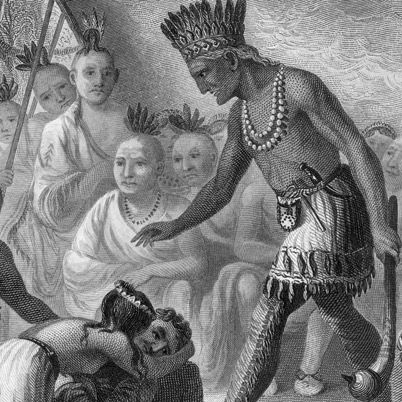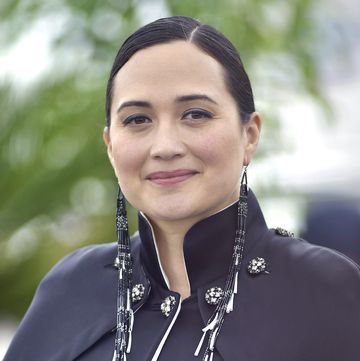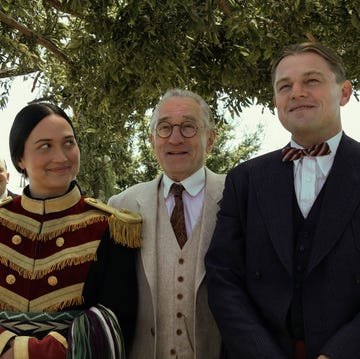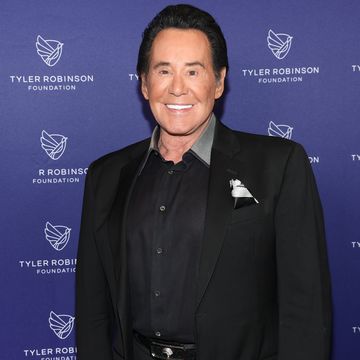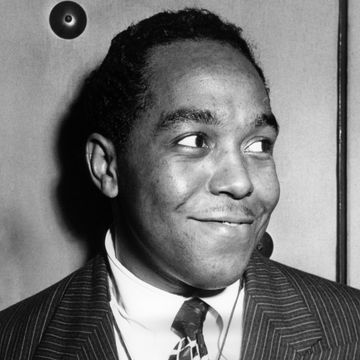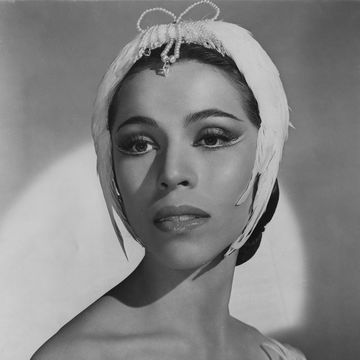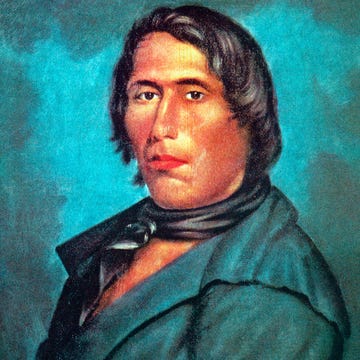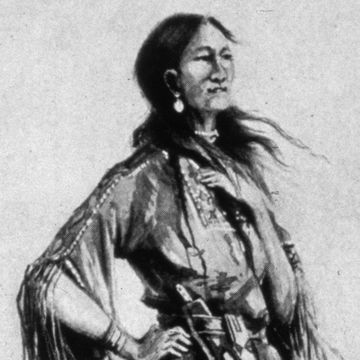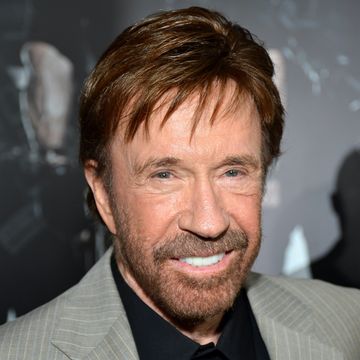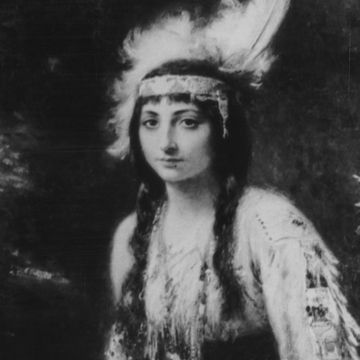(-1618)
Who Was Powhatan?
Born sometime in the 1540s or 1550s, Chief Powhatan became the leader of more than 30 tribes and controlled the area where English colonists formed the Jamestown settlement in 1607. He initially traded with the colonists before clashing with them. The marriage of his daughter, Pocahontas, to a colonist led to another period of peace that was still in effect when Powhatan died in Virginia in April 1618.
Leader of the Powhatan
The future Chief Powhatan was born Wahunsenacawh (sometimes written as Wahunsunacock) sometime in the 1540s or 1550s. Very little is known of his early life growing up in a Powhatan settlement. The Powhatan were a matrilineal society, so his right to be chief was inherited from his mother.
When he first became chief, Powhatan ruled about six tribes. In addition to the Powhatan, these were the Pamunkey, the Arrohateck, the Appamattuck, the Youghtanund and the Mattaponi. Using both alliances and war, Powhatan would expand his influence to be the ruler of around 30 tribes. Each one had its own chief, known as a werowance, but they also answered to Powhatan. This meant that they fought on his side in conflicts and paid him tribute.
The territory Powhatan controlled was called Tsenacommacah, or Tenakomakah. It had a population of about 14,000 people and covered about six thousand square miles. Tsenacommacah was made up of what is now tidewater Virginia, the Chesapeake Bay's eastern shore and possibly southern Maryland. As its chief, Powhatan was wealthy, which allowed him to have many wives and many children (one of which was a daughter, Pocahontas).
Arrival of Jamestown Colonists
While it is not known when Powhatan became chief, he was in power when the English who would form the Jamestown settlement arrived in April 1607. In June, Powhatan sent an ambassador to the colony to seek peace. After the harvest, he also allowed food to be delivered, which helped keep the struggling colonists alive.
In the winter of 1607, Captain John Smith was captured and brought to Powhatan's capital of Werowocomoco. Smith later wrote that Pocahontas saved his life during this time. His accounting of this rescue may have been an exaggeration, as it did not appear until 1624. It is also possible that he misinterpreted a mock execution ceremony that was intended to bind Smith to Powhatan and his tribe.
Smith was released the next year but soon returned to Werowocomoco to negotiate with Powhatan. Seeking weapons that would help him defeat his enemies, and open to other trade as well, Powhatan agreed to supply the colonists with food. However, the colonists continued to explore and encroach upon Powhatan's land, which disrupted the truce. Their determination to make Powhatan a subject of the English king also caused difficulties. By 1609, Powhatan had abandoned Werowocomoco and distanced himself from the English by moving to a new capital, Orapax.
Growing Conflict
Relations worsened between Powhatan and the English as he tried to maintain control of his territory. In November 1609, Powhatan invited a group of colonists to his new settlement. Instead of trading with them as promised, an attack followed and most of the group was killed. Powhatan then cut off trade with the colonists and ordered those who left the Jamestown fort to be attacked. The settlers had a difficult time until new supplies and leadership arrived in the summer of 1610. At this point, they began to strike out more forcefully against the tribes.
Pocahontas was captured by the colonists in 1613. Trying to secure her release, Powhatan returned a few English to the fort, along with some of the guns that his people had taken. However, Powhatan did not meet all of the colonists' demands, so Pocahontas remained in captivity. She soon converted to Christianity and drew the interest of colonist John Rolfe. Powhatan consented to Pocahontas marrying Rolfe, which led to another period of calm between his tribes and the settlers.
Death and Legacy
The peace that came with Pocahontas's marriage lasted for the rest of Powhatan's life. After traveling to England with her husband, Pocahontas died there in 1617. Powhatan died soon after, in April 1618, in the territory that is now part of Virginia. Powhatan was succeeded by his brother, Opitchapam, and then by another brother, Opechancanough. Under Opechancanough, war with the colonists would begin again.
Powhatan was an impressive ruler who had amassed a great deal of power and influence before the arrival of the Jamestown colonists upended his way of life. He ably countered their actions, but numbers and weaponry were not on Powhatan's side for long.
QUICK FACTS
- Name: Powhatan
- Birth Country: United States
- Gender: Male
- Best Known For: Chief Powhatan was the father of Pocahontas and the ruler of the tribes that lived in the area where English colonists founded the Jamestown settlement in 1607.
- Industries
- Politics and Government
- War and Militaries
- Interesting Facts
- As a member of a matrilineal society, Chief Powhatan inherited his position from his mother, not his father.
- Death Year: 1618
- Death State: Virginia
- Death Country: United States
Fact Check
We strive for accuracy and fairness.If you see something that doesn't look right,contact us!
CITATION INFORMATION
- Article Title: Powhatan Biography
- Author: Biography.com Editors
- Website Name: The Biography.com website
- Url: https://www.biography.com/political-figures/powhatan
- Access Date:
- Publisher: A&E; Television Networks
- Last Updated: March 30, 2021
- Original Published Date: April 2, 2014
QUOTES
- What he commandeth they dare not disobey in the least thing. It is strange to see with what great feare and adoration all these people doe obay this Powhatan. For at his feet, they present whatsoever he commandeth, and at the least frowne of his browe, their greatest spirits will tremble with feare: and no marvell, for he is very terrible and tyrannous in punishing such as offend him.
